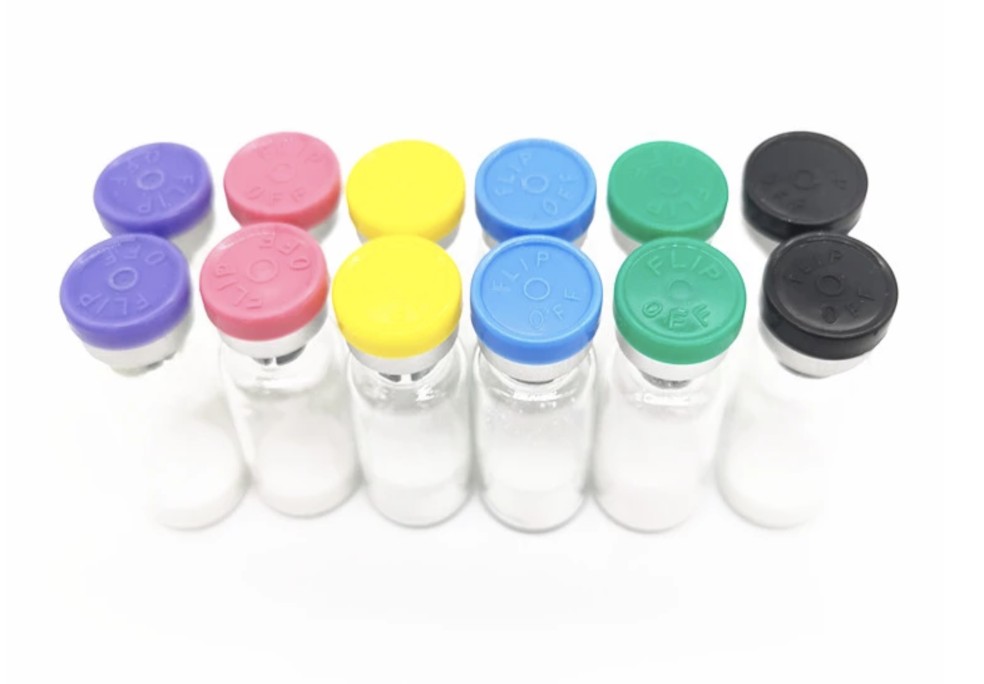Tymozyna β4 jest wszechobecna, 43-polipeptyd aminokwasowy o masie cząsteczkowej ok 4.9 kDa. Jest wysoce konserwatywny u różnych gatunków, i występuje we wszystkich tkankach i typach komórek z wyjątkiem czerwonych krwinek. Tymozyna β4 jest wielofunkcyjnym białkiem, które wspomaga migrację komórek, rekrutacja i różnicowanie komórek macierzystych, produkcja proteazy, oraz ekspresja różnych genów regulatorowych, such as laminin-332, fibronectin, zyxin, VEGF, matrix metalloproteases, hepatocyte growth factor, and antioxidative enzymes (Table 1). It inhibits inflammation, microbial growth, scar formation (by reducing the level of myofibroblasts), and apoptosis, and protects cells from cytotoxic damage, including glutamate neuronal toxicity.Thymosin β4 binds to G-actin, blocks actin polymerization, and is coreleased with factor XIIIa by platelets, suggesting its importance in wound healing.






















